The Seven Wonders of the World have fascinated people for centuries, capturing the imagination of explorers, historians, and travellers. People have recognized man-made and natural marvels for their unique architectural beauty, grandeur, and cultural significance. The idea of the Seven Wonders originates from ancient times, when Greek scholars compiled lists of extraordinary sights. The most famous of these early lists is the “Seven Wonders of the World.” People have recognized various wonders over time, leading to modern lists that highlight some of the most awe-inspiring places on Earth. This article delves into the wonders of both the ancient and modern eras.
Great Wall of China (China)

The Great Wall of China is one of the most iconic landmarks in the world and a symbol of China’s rich history. It stretches over 13,000 miles (21,196 kilometers) across northern China, built to protect the Chinese empire from various nomadic groups and military incursions. Various Chinese dynasties built, rebuilt, and expanded a series of walls and fortifications between the 7th century BC and the 17th century AD, with the wall not being a single, continuous structure.
Petra (Jordan)

Petra, located in southern Jordan, is one of the world’s most famous archaeological sites, known for its breathtaking rock-cut architecture and water conduit system. Often called the “Rose City” due to the color of the stone, Petra was the capital of the Nabataean Kingdom around the 4th century BC and flourished as a center of trade and commerce.
Christ the Redeemer (Brazil)
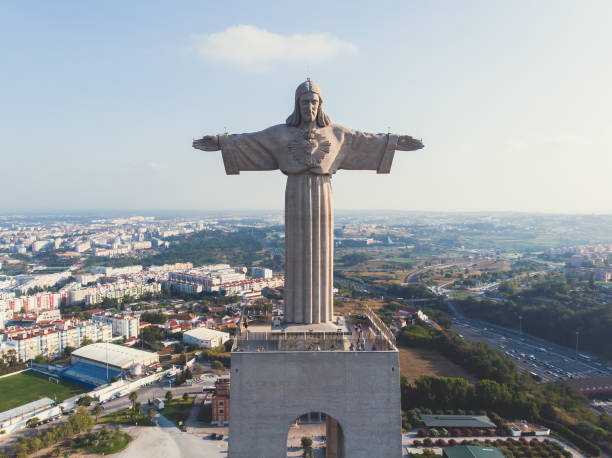
Christ the Redeemer, a huge statue of Jesus, sits atop Rio de Janeiro’s Corcovado Mountain in Brazil. It stands as one of the most recognizable landmarks in the world and symbolizes peace, welcoming arms, and the Christian faith.
Machu Picchu (Peru)
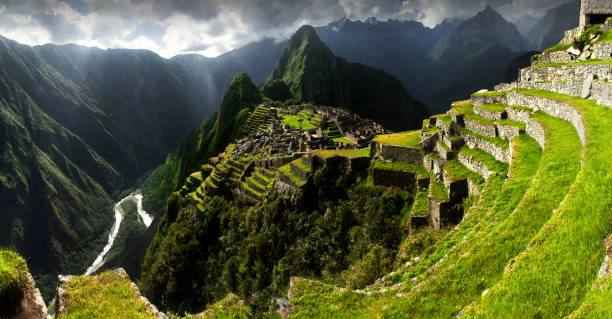
Peru’s Andes Mountains are home to the ancient Incan city of Machu Picchu. An renowned archaeological site, this one stands 7,970 feet above sea level and offers a stunning setting and breathtaking archaeological significance. In the 15th century, the Inca civilization built it as one of their most important legacies.
Chichen Itza (Mexico)
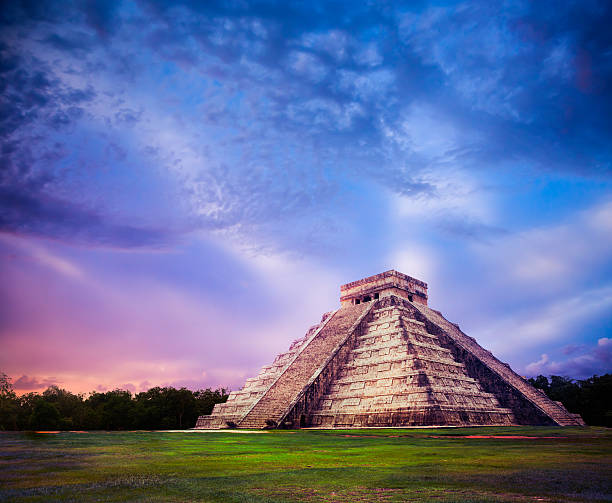
Chichen Itza is a vast archaeological site located in the Yucatán Peninsula of Mexico, renowned for its impressive ruins of the ancient Maya civilization. It was one of the major cities of the Maya civilization and served as a key political, economic, and cultural center from around the 7th to the 10th century AD.
Roman Colosseum (Italy)
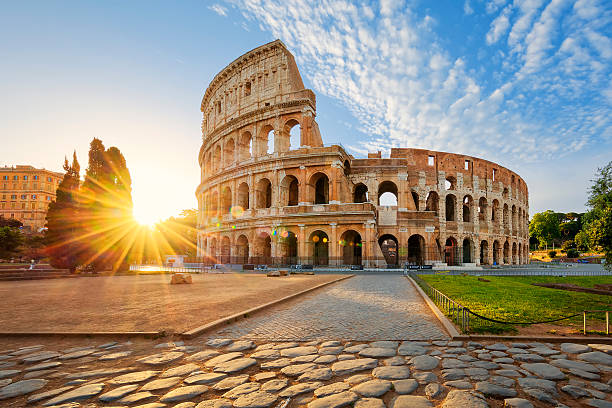
The Roman Colosseum, situated in Rome’s center, is where Italy’s historic amphitheater is located. It is one of the greatest and most recognizable symbols of ancient Rome and Roman engineering.
Taj Mahal (India)
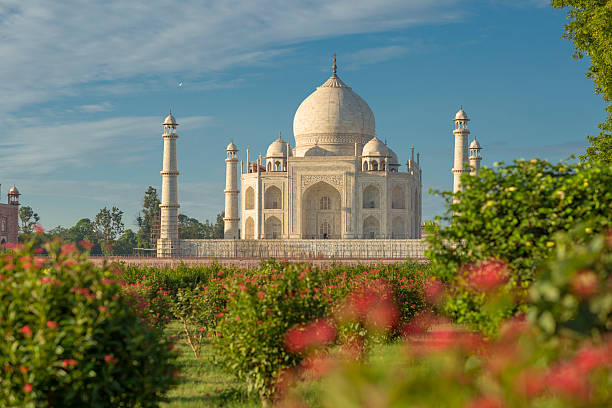
The Taj Mahal, a magnificent mausoleum made of white marble, is situated in Agra, India. One of the most exquisite structures on Earth is recognized as such and included in the UNESCO World Heritage List. The Mughal Emperor Shah Jahan ordered the construction of the Taj Mahal in 1632 as a monument for his adored wife, Mumtaz Mahal. Mumtaz Mahal died during childbirth in 1631, and Shah Jahan was deeply grief-stricken. In 1632, the Taj Mahal was started and finished in 1653.
Conclusion
The Seven Wonders of the World, both ancient and modern, represent humanity’s extraordinary achievements in architecture, engineering, and artistry. From the awe-inspiring Great Wall of China to the modern marvels like the Christ the Redeemer statue in Brazil, these wonders captivate our imagination and inspire us to push the boundaries of what is possible.
Read More: The Most Beautiful Places on Earth You Never Knew About
FAQ: Seven Wonders of the World
1. Are any of the Seven Wonders of the Ancient World still standing?
Yes, the Great Pyramid of Giza is the only one of the original Seven Wonders that still exists today. Natural disasters, wars, and other factors have destroyed the other six over the centuries.
2. How were the New Seven Wonders of the World selected?
The New7Wonders Foundation conducted a global poll in 2007 and chose the New Seven Wonders. People around the world determined the final list of 200 monuments based on their votes.
3. Why were the Seven Wonders of the Ancient World important?
Ancient architects and engineers achieved extraordinary feats with the Seven Wonders of the Ancient World. Ancient historians and travelers celebrated them for their grandeur, innovation, and artistic value, representing the pinnacle of human creativity and skill of their time.
4. Why were the original Seven Wonders of the World listed?
Ancient Greek historians and scholars listed the original Seven Wonders as a means to catalog and celebrate the most impressive architectural and artistic achievements of the known world. They represented the pinnacle of human creativity and engineering at the time, showcasing the grandeur of civilizations such as Egypt, Greece, and Babylon.
5. How has the concept of “wonders” evolved over time?
The concept of “wonders” has evolved to include not only architectural and engineering marvels but also natural landscapes and modern achievements. While the ancient wonders were physical structures, modern lists often encompass a broader range of human accomplishments, including natural phenomena and technological feats. This reflects changing values and interests, as well as advancements in travel and exploration.


